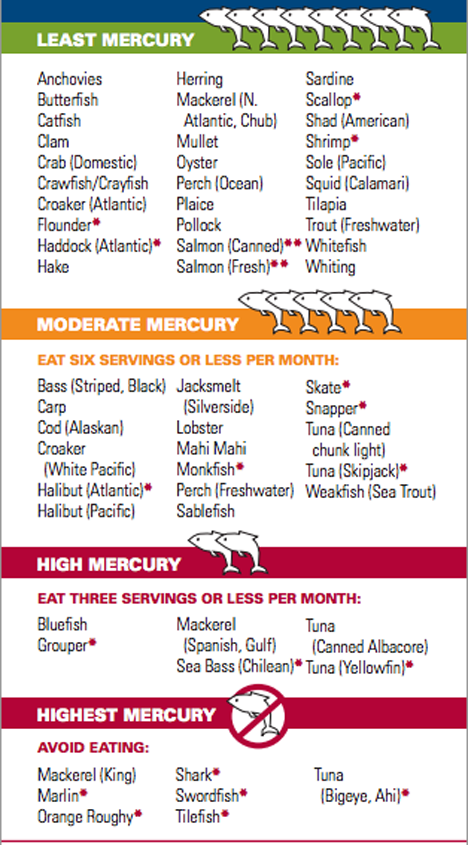I love sardines. They’re good for cardiovascular health, joints, skin, memory, and energy levels. But also, they’re sustainable and low in mercury.

In my I Quit Sugar Cookbook I feature the above recipe – my favourite endive boats. You can buy my cookbook by clicking on the button below.
I know a lot of you are confused about the mercury thing. I’ve recently been told I have really high levels of it in my system. If you have auto-immune disease, it’s VERY important to check your heavy metal levels. I kind of think that heavy metals can cause AI, but they can also mean we are less able to process them when they do enter our system. Either way, it’s something we have to be mindful of.
I’ve now had every possible test done (blood, urine and hair mineral) and the results are the same – I’m hanging on to mercury. And lead. Not good. So avoiding high mercury fish is crucial. (What do I do about it? At this stage I’m not chelating…it will muddy the waters. Instead I’m trialling a course of glutathione recycler called Cellgevity made by Max International. Heavy metal toxicity affects our glutathione levels…which is what causes oxidative stress…which is the thing that makes you feel like crap when you have AI…so I’m figuring if I fix the symptoms, the cause will eventually dissipate. It’s a theory. And I’ll be reporting back in a few months.)
The What Fish is Sustainable issue is equally difficult to work out. I know I get confused when I go into a fish shop. So this post might help you make better choices. (A tinned tuna fan? Check out my post on the best brands to buy here)
Some things to know about mercury in fish
Once mercury enters water, bacteria absorb it, and convert it to methyl mercury. This is important to note, because humans absorb methyl mercury easily, and are especially vulnerable to it’s effects.
This methyl mercury then works it’s way up the (sea)food chain. Instead of dissolving or breaking down, mercury accumulates. Predatory fish such as large tuna, swordfish, shark and mackerel can have mercury concentrations in their bodies that are 10,000 times higher than those of their surrounding habitat.
Humans risk ingesting dangerous levels of mercury when they eat contaminated fish. Since mercury is odorless, invisible, and accumulated in the meat of the fish, it’s not easy to detect and can’t be avoided by trimming off the skin or other parts. Once it’s in the human body, mercury acts as a neurotoxin – interfering with the brain and nervous system.
What to eat
Below is a list of the healthiest (and still sustainable) fish to eat. You might like to cut it out and keep in your wallet – it’s designed for it! You can find the full card here.
While you’re there, is farmed salmon safe?
Farmed salmon may also contain PCB’s, chemicals with serious long-term health effects.
How do I know if it’s sustainable?
Check out this canned tuna guide.
Or check out AMCS’s sustainable guide .
Another cool thing
Check out NRDC’s Mercury Calculator.
Hope this helps…let me know your thoughts on mercury…I need to learn more!



